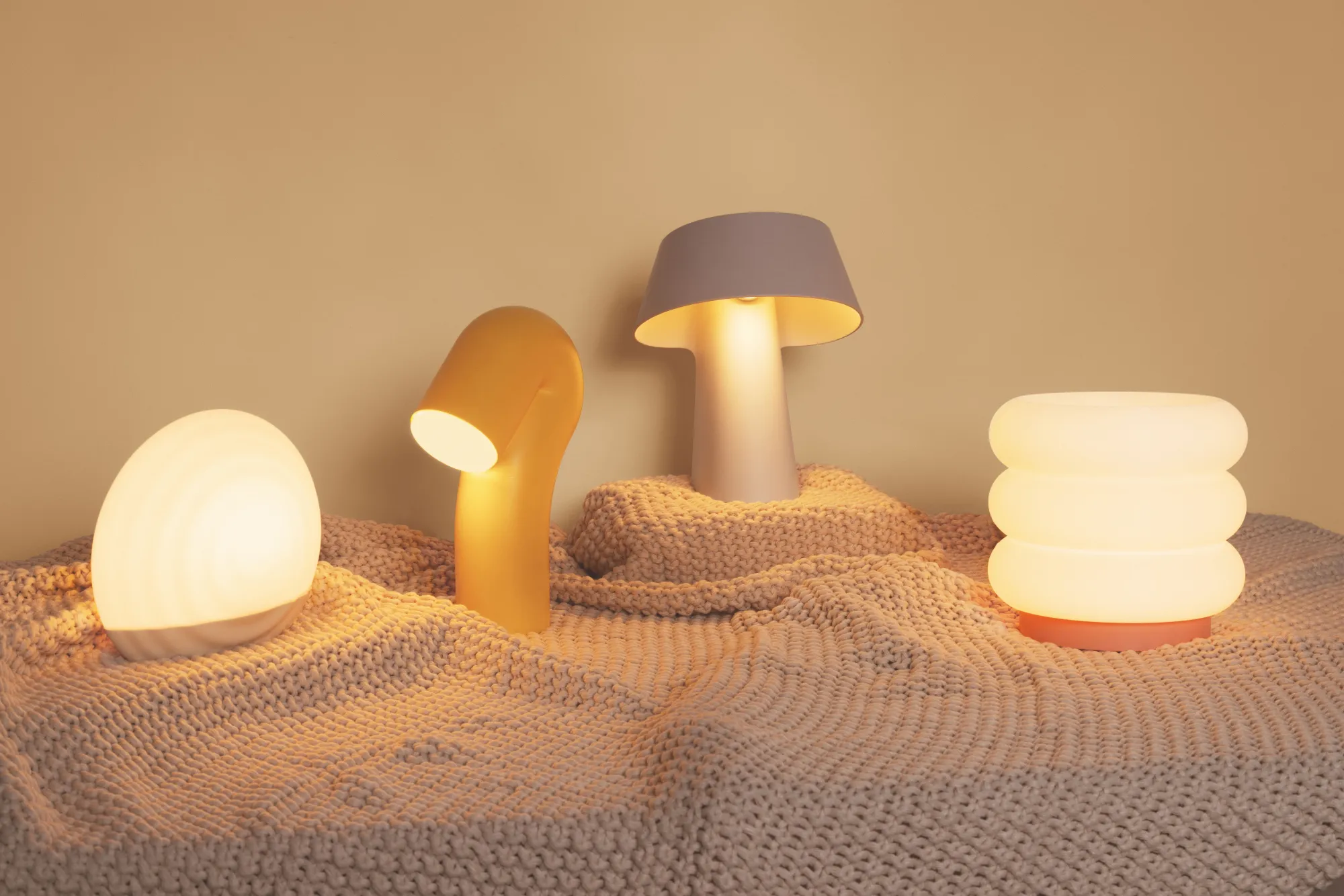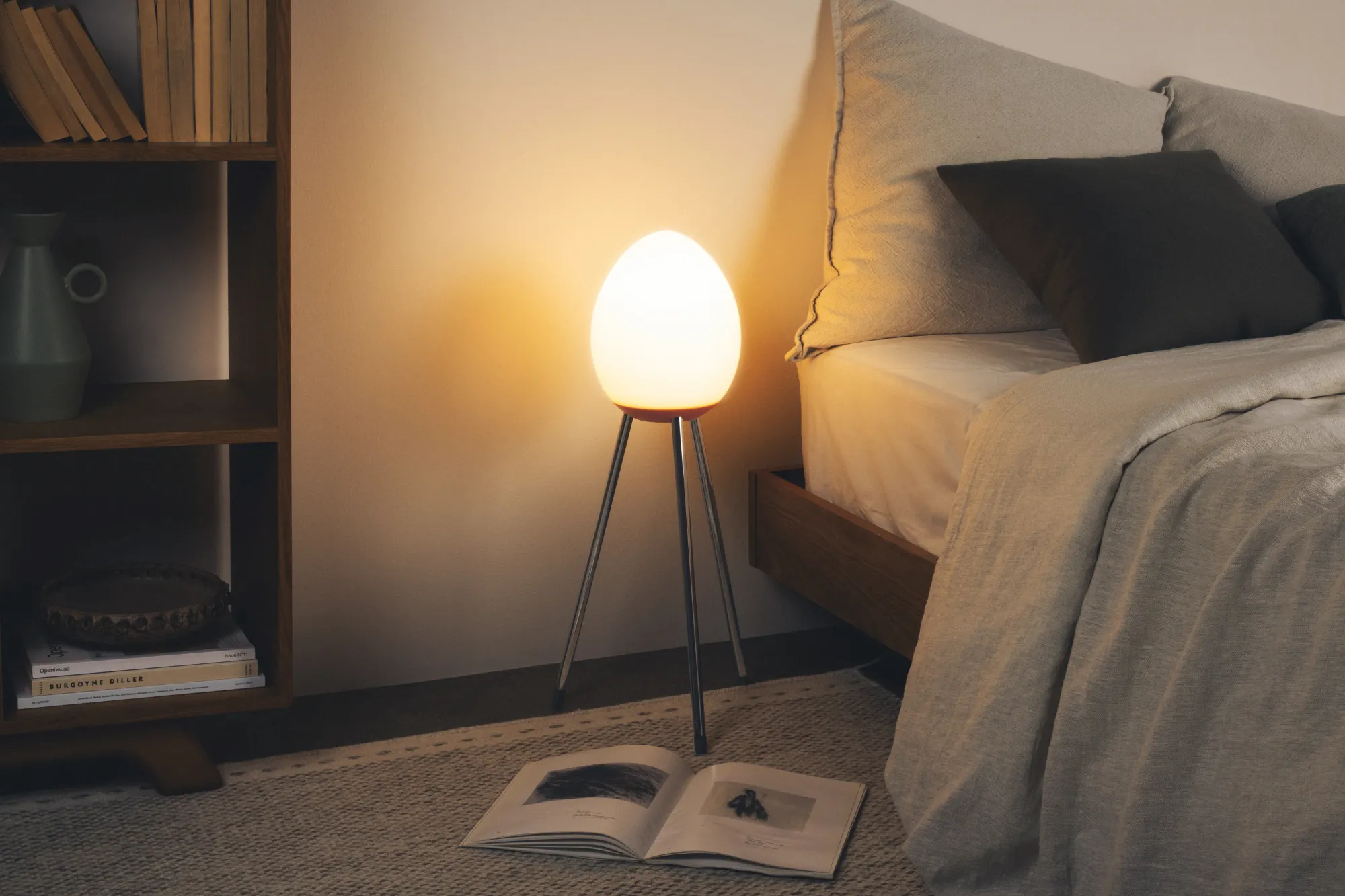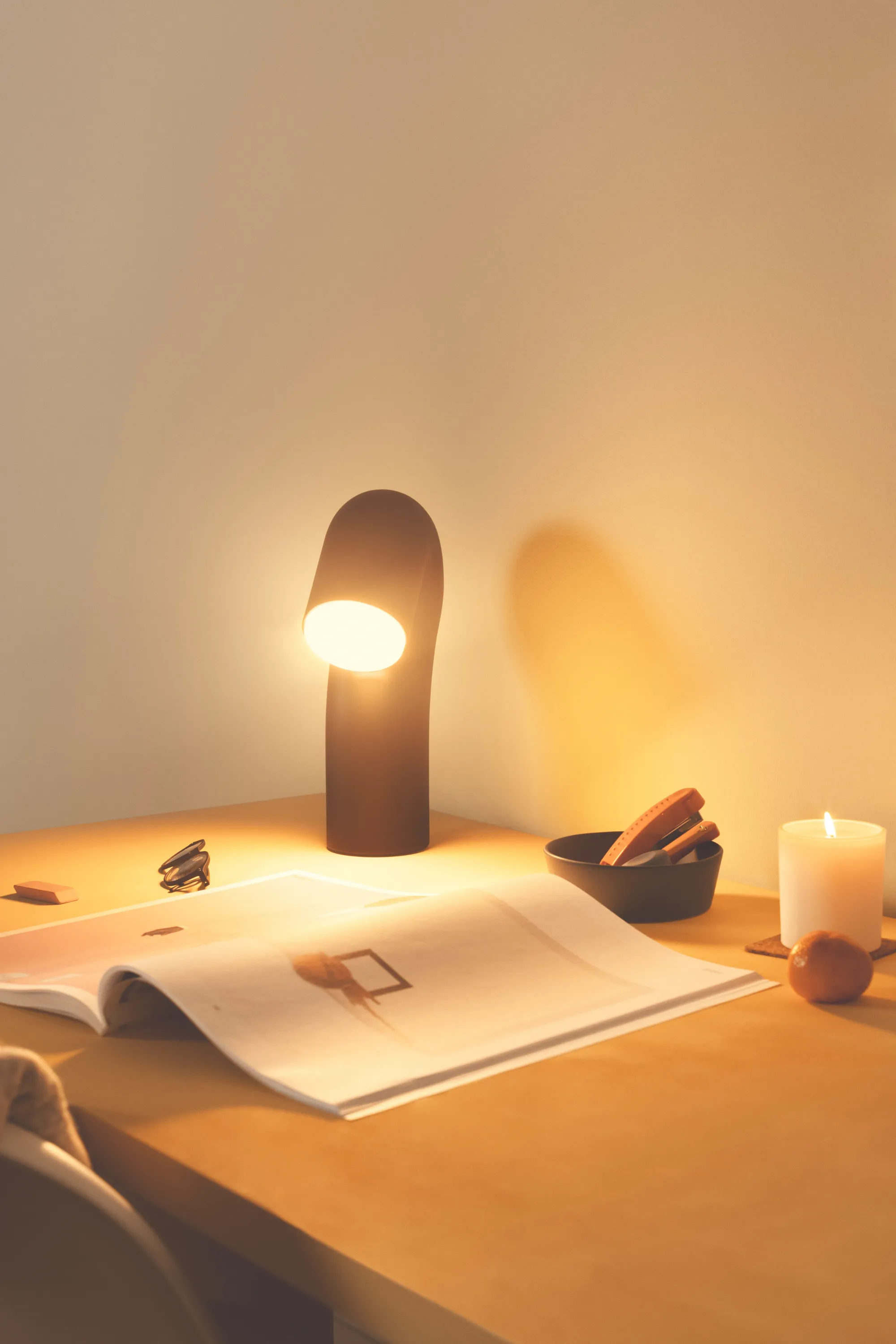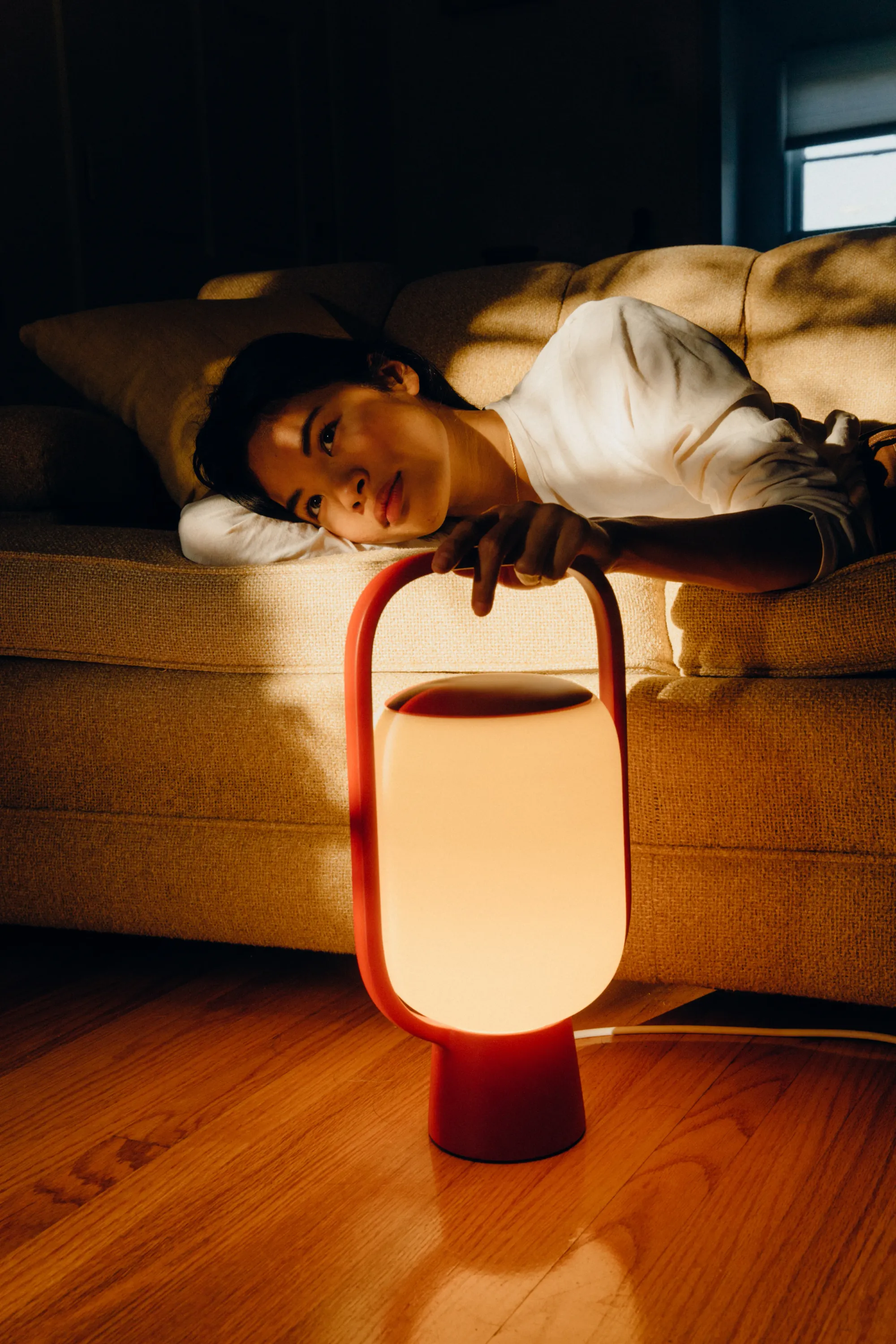Ambient, task, or accent? 3 different types of lighting explained!
Get introduced to the 3 different types of interior lighting and browse beautiful design ideas, presented by Gantri.
Written by Ian Yang
Mar 26, 2024
Different rooms have different purposes and styles – and just like you wouldn’t place a bed in the kitchen or a pantry in your library, different lighting types are better suited to different rooms.
Great lighting sets a mood and expresses your personality, ideally – but it’s also functional. In this blog, we’ll outline three different types of lighting options - ambient, task, and accent lighting. We’ll further explain what they’re best used for, and suggest some examples for each lighting type.
What are the 3 different types of lighting for home?

Different lighting types for homes can be broken down into three main categories: ambient lighting, accent lighting, and task lighting. To create the most successful and stylish lighting solution for your space, it helps to know each of them well; their mood, function, and the unique atmosphere each type brings into a living space.
What follows will be an introduction to different kinds of lighting options for homes, their unique design philosophies, and examples for incorporating them into your space.
Example of ambient lighting

What is ambient lighting?
If your home is going to be a piece of art, and lights the paint you make art with, then ambient lighting will be the paint primer – it provides a base coat for your lighting palette. Ambient lighting not only illuminates a room but also helps to set the tone and timbre of your space.
There are different types of ambient lighting too. It can come from artificial lighting sources – like floor lights, wall sconces, or recessed lighting – or from natural lighting sources, like windows and skylights.
Ambient lighting is meant to create a comfortable level of light in a space and this need varies from space to space. For example, the ambient lighting for a cozy evening dining room, can afford to be a lot dimmer than the bright lighting of a home office space.
How to use ambient lighting in your home
As different as those lighting situations sound, the common thread with all ambient lighting examples is that they help set the mood. Cozy or cavernous, intimate or epic, the right kind of ambient lighting can affect the way you feel in a space.
Warm Colors (2000K - 3500K) appear yellow, orange, amber, and red, mimicking candlelight or classic incandescent bulbs. They're known for promoting relaxation, calm, and romance.
Neutral Colors (3500 - 5000K) are closer to white or soft white. Many consumer light bulbs use this spectrum of color. Some say it’s the best spectrum of lighting for productivity and work, though it can be challenging to create a glamorous space.
Cool Colors (5000K - 6500K) are higher color temperatures that provide bluer light tones, closer to daylight, offering a crisp feel and promoting alertness. Designers often use these colors in kitchens and home gyms, or for windowless spaces that benefit from the extra visibility.
Ambient lights to try
The beautiful and boldly designed Arpeggio Floor Light by Studio Elk will illuminate your space and be a statement piece of your living space for years to come. With its eco-friendly design and designer sculpting, you’ll never look at a regular floor lamp the same way again.
Example of accent lighting

What is accent lighting?
Accent lighting highlights home design features, artwork, or furniture to make them stand out with a pop! Designers frequently use accent lighting to emphasize particular design elements meant as focal points in a space or as conversation pieces.
Common types of accent lighting include single spotlights, wall sconces, recessed lights, or track lighting. Let’s look at some tried-and-true ways to use accent lighting to make your spaces feel more lively and bright.
How to use accent lighting in your home
Accent lighting is best utilized to highlight what makes your space unique. From artwork or photographs to the shape and flow of a room, use accent lighting to draw the eye and make a lasting impression.
Spotlights are the most commonly utilized form of direct accent lightning. To best use a spotlight, make sure you have a good sense of the flow of your space and what its best (and worst) features are. For example, a kitchen typically contains a refrigerator, cabinets, and sometimes spice racks or hanging artwork. As these are areas where you’ll either frequently interact with or see, accentuating them with directed lighting helps make your belongings feel more at home in their space.
Pendant lights are especially great for living spaces and modern kitchens. Emulating ornate hanging light fixtures of the past, pendant lights can be a great way to accentuate floating islands or tables.
Accent lights to try
For an elegant and retro accent light, consider the Gio Wall Light, designed by Ammunition and constructed by Gantri in California. With a 70’s-inspired aesthetic and a warm diffusion, this light would fit anywhere from the minimalist to the romantic.
Or if you’re looking for a classical design updated for the modern age, check out the Aim Clamp Light designed by Smart Design in New York. An award-winning piece that takes the grace of museum lighting and can be placed pretty much anywhere with a support to clamp.
Examples of task lighting

What is task lighting?
Task lighting is often used in spaces that are used to work or other tasks that require a brighter light. Reading lights, desk lamps, or undershelf light strips are some examples of common task lighting solutions.
These lights are often directional without much diffusion, as they aren’t necessarily meant to be left turned on all of the time. Still, task lights can be beautiful and comforting in their own right. Here are some best examples of how to use task lighting, as well as great options to add to your home office or kitchen.
How to use task lighting in your home
A reading nook is a great example of how to use spotlighting. A lamp or wall light close by to illuminate your book through dimly lit days is a must and gives the space a cozier feeling than relying on overhead lighting. Or, if you’re setting up a room with a desk for studying or productivity, a quality desk light is essential for working late into the night.
Workspaces, garages, or studios can make use of light strips under shelves or cabinets if they’re above a working surface, and drawers can be backlit with wall lights for an easier time keeping tools and other items organized.
Task lights to try
There are more examples of task lighting to look at compared to other kinds of lighting in our guide. The unique Focal Collection from Gantri brings the latest task lighting solutions into a new age of interior design. Featuring the Focal Floor Light by PROWL Studio, it’s a stunning task light that sacrifices neither form nor function, available in multiple colors.
Get inspired by the different lighting types from Gantri

Gantri brings a curated collection of the most unique designer lighting solutions on the market. Featuring plant-based materials for eco-friendly sustainability, and museum-quality LEDs, each and every type of lighting model is made by Gantri in California.
Be inspired to create a home that expresses your style with bespoke lighting solutions from Gantri.
© 2025 Gantri, Inc. All Rights Reserved.